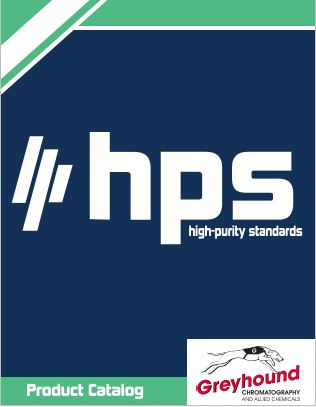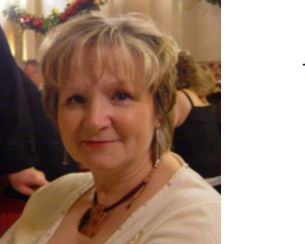What is Aldicarb?
![]()
Aldicarb is an insecticide and member of the carbamate class of chemicals. Although used on a variety of insects, aldicarb is particularly effective as an acaricide, which kills spiders, mites and ticks, as well as a nematicide, which kills nematodes. It has a number of crop applications, including cotton, peanuts, soy and citrus.
Aldicarb grew popular as the active ingredient in the Union Carbide product Temik. This chemical compound is particularly toxic and must be used in a granular mixture at levels as low as 10 or 15 percent of a pesticide. Despite its effectiveness on common pests, aldicarb also has many critics and several controversies over the years.
How it works
Written as C7H14N2O2S or2-Methyl-2-(methylthio)propanal O-(N-methylcarbamoyl)oxime, aldicarb has been manufactured since 1965 and was registered a few years later. This chemical compound works against insects, mammals, arachnids and other types of life by inhibiting the function of the enzyme acetylcholinesterase, the Journal of Pesticide Reform explained. This enzyme is critical to the function of the nervous system. Without it, insects cannot create choline from acetychloline. With the enzyme inhibited, nerve and muscle functions are damaged, convulsions occur and pests eventually die.
Why it is considered dangerous
Although designed and primarily used against farm pests, it is one of the most toxic substances ever registered with the Environmental Protection Agency. Humans can be poisoned with aldicarb by breathing the chemical or absorbing it through their skin.
Those who are applying this pesticide are most at risk of exposure. This includes farmers, agriculture workers, chemists, chemical engineers and many others throughout the world where chemicals are not well regulated. In the Caribbean, for example, this chemical is used as an illegal rodenticide in people's homes.
Dizziness, drooling, vomiting, diarrhea, partial blindness, cramps, nausea, muscle spasm, small pupils and breathing trouble are human side effects of overexpose to aldicarb.
In the 1980s, this chemical rose to prominence because it tainted many California watermelons in the U.S., poisoning more than 2,000 individuals. It was banned on watermelon and cucumbers thereafter, but was still in use on other fruits and vegetables such as citrus and potatoes in the U.S. In 2010, the EPA and Bayer CropScience, which now makes the chemical, announced that they would fade out production.
"EPA and Bayer CropScience, the manufacturer, have reached an agreement to end use of the pesticide aldicarb in the U.S. A new risk assessment conducted by [the] EPA based on recently submitted toxicity data indicates that aldicarb no longer meets our rigorous food safety standards and may pose unacceptable dietary risks, especially to infants and young children," the EPA announced in 2010.
There are staggered deadlines for varied uses of the chemical. For example, use on potatoes was scheduled to end in 2011, but distribution for the chemical overall could continue until the end of 2016.
Aldicarb may still be used in many other areas of the globe where certain pests make farming near impossible, such as nematodes in northern Africa.
Chem Service Products are supplied by Greyhound Chromatography and Allied Chemicals, 6 Kelvin Park, Birkenhead, Merseyside, CH41 1LT, Email: info@greyhoundchrom.com
CONTACT US
Tel: +44 (0) 151 649 4000
Email: marketing@greyhoundchrom.com
FOLLOW US
YOU MAY ALSO BE INTERESTED IN OUR NEWSLETTER
About the Author
Susan Massie, Sales & Marketing Director, Greyhound Chromatography and Allied Chemicals Email: sue@greyhoundchrom.com
Susan Massie is the Sales & Marketing Director for Greyhound Chromatography and Allied Chemicals, affectionately known as 'Greyhound' in our scientific community. Greyhound was founded by Susan's husband Paul Massie more than 40 years ago, Susan hasn't been in the business for all of that time but has been involved with Greyhound for over 17 years. Greyhound continues to grow, expanding into new markets and taking on the challenges of our ever changing environment. It's heartwarming to witness the world waking up to the fact that we are damaging our planet on a daily basis. Every action we take has a direct effect on our planet and the world we leave behind for future generations. Susan is passionate about climate change and is happy to work in an industry that can have a direct effect on reducing the impact of our actions on the environment. All of the team at Greyhound take our responsibilities very seriously, the products that we supply are used by the world's leading scientists and chemists as they endeavour to monitor and repair the environment. All is not lost, if we all take responsibility for our actions, from reducing our waste and reusing or recycling our material collateral we can make a difference. The internet is full of useful advice and guidance, Susan is proud to contribute to that wealth of knowledge whenever she can.
Greyhound prides itself on personal service which provides prompt, efficient, cost-effective, safe delivery of all products. Greyhound provides technical advice and distribution of Certified Reference Standards and Materials, Laboratory Consumables, Solvents and Reagents across all scientific disciplines. Greyhound Chromatography offers over 1 Million products from its UK warehouse. The team at Greyhound are proud to support the work of the world's leading scientists and chemists as they challenge the abuse of our planet and try to make a difference to the world we leave behind for our ancestors.
You can view Susan's Linked In Profile here https://www.linkedin.com/in/susan-massie-79ab4121/



.jpg)
















